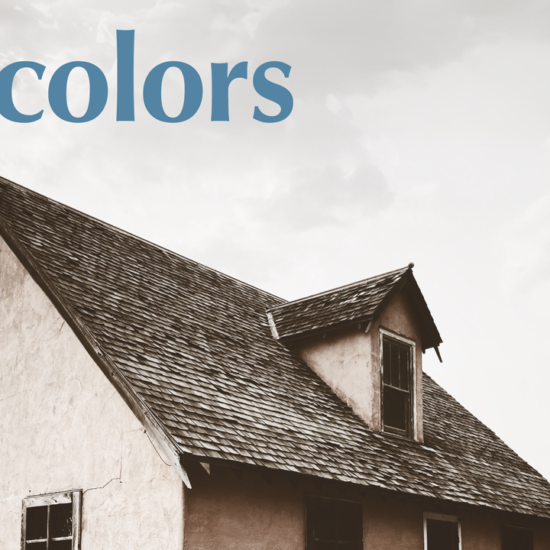![[BOOK REVIEW] The Woman in the Story [BOOK REVIEW] The Woman in the Story](https://timewarnerent.com/wp-content/uploads/2023/05/BOOK-REVIEW-The-Woman-in-the-Story.png)
“How to Write X” books were the bane of my existence during my time at university. I would keep them on my bookshelf, and the creases in their second hand pages would leer at me whenever I entered the room or worked on a project.
I would imagine some author, script writer, or director, sitting in the shade, poolside, at their Hollywood Hills bungalow, typing out their rendition of the inevitable ‘art of conflict’ chapter. I would wonder, “what makes you so special? What gives you the authority to tell me how to write?” probably a number of successful Broadway plays or New York Times best selling novels. But as I concluded my studies, I began to realise the value of these books, and how much I still had to learn about writing.
Helen Jacey’s The Woman in the Story is another addition to ‘The Craft of Writing Book Pantheon’. Instead of an aloof step-by-step guide, Jacey approaches her work as she would a lecture, taking us through the journey of writing female leads and supporting characters. But what differentiates Jacey’s work from its competitors is how it skillfully unpicks the female identity and opens an internal conversation with the reader, asking us to analyse our own conceptions of womanhood and how our conscious and unconscious ideas impact our female characters. She argues that each writer has a WISE (Writer’s Ideological Slant Effect). This impacts how female characters interact with their environment and the people in the world around them. Whether a writer has a traditional or progressive view of womanhood can impact a character’s actions, their priorities and life goals, how they respond to conflict, whether they will stick it out until the bitter end or fall in line. Jacey approaches the preconceived ideas of her readers without judgement, arguing that both ends of the “Traditional – Progressive Spectrum” can limit a writer’s ability to craft a diverse range of female characters. Her goal isn’t to shame any reader, but acknowledge how preconceived notions can ultimately impact the drama of a story and the success of a project. By not challenging our own ideas, we deny our female characters authentic development, and if a writer won’t let their character show strength or vulnerability, this can dilute an entire script.
The book discusses the vast array of female experiences, and how these experiences are limited and expanded by their relationships with power, family, environment, and men. The craft of any character, male, female, non-binary, trans, or extra dimensional alien, is intricate and a lengthy process, but Jacey’s analysis of the construction of feminine characters in relation to their male counterparts shows that they are inextricably linked. The masculine characters can warp the rules, the gravitational pull of the patriarchal worlds around them, yet feminine characters exist in relation to these rules, and circumnavigate the orbit they are placed in. By unpicking this relationship between the masculine and the feminine, intense drama can be created, and by acknowledging the rules that underpin our society, we can create new worlds with new dynamics, and explore the conflicts these dynamics cause.
With chapters discussing how to write female characters in specific mediums, such as biopics and television series, Jacey shows transferable techniques on how to build drama in each media format. In ‘Creating TV Female Protagonists’, Jacey discusses the Metaphoric Wound (the deepest wound within your female protagonist). The Metaphoric Wound is reflected in the world around your female character, and the inciting incident that caused the wound should drive your character’s decisions and relationships. Within a television series, this wound has time to heal or grow and is linked to the core themes of the script. The themes should be left alone to naturally rise to the surface of the script, but they can be nurtured by the effects of the wound.
The greatest weakness of this book comes from its greatest strength. Jacey makes it very clear that her argument is based on her personal experience as a woman, and this humanises her connections with readers, but also limits the topics she can discuss. With no experience as a trans woman, non-binary person, or character with majority feminine traits, these areas of female and feminine identity are acknowledged but don’t feel fully explored.
The Woman in the Story is a book by women for everyone, a sophisticated and accessible read. I would recommend this work to any novelist, scriptwriter, or screenwriter looking to develop complex female and feminine characters, as well as to anyone looking to explore their own ideas of femininity.

A well-deserved 4-star rating.
Pick up your copy of The Woman in the Story here.
Sibyl Cooper is a London based writer and musician working for Raindance Film School. Their writing explores neurodivergent perceptions of the natural world, with their most recent essay, ‘Metamorphosis’, available in Speculative Nature Writing: An Anthology, set for release in Summer 2023. Under the alias Scarlet Early, they write and produce gothic metal and industrial music.














